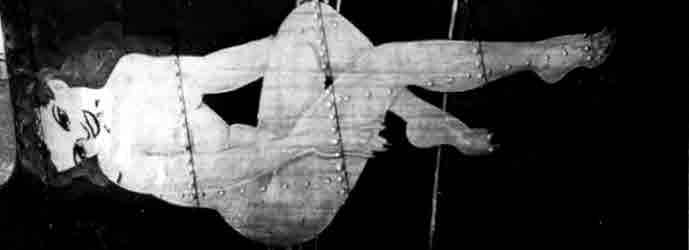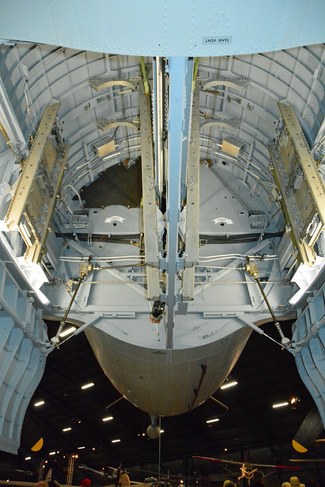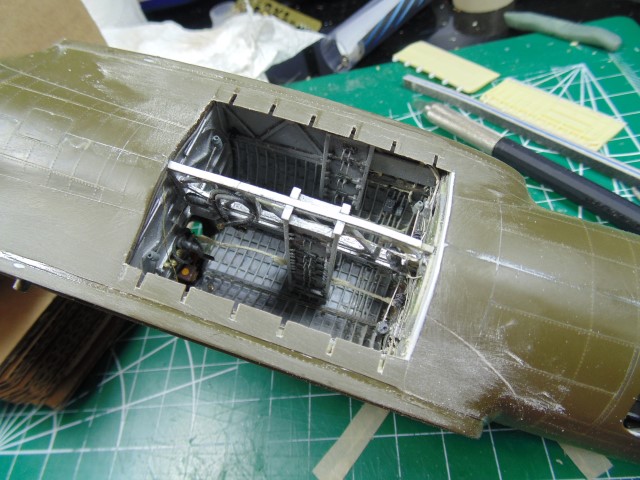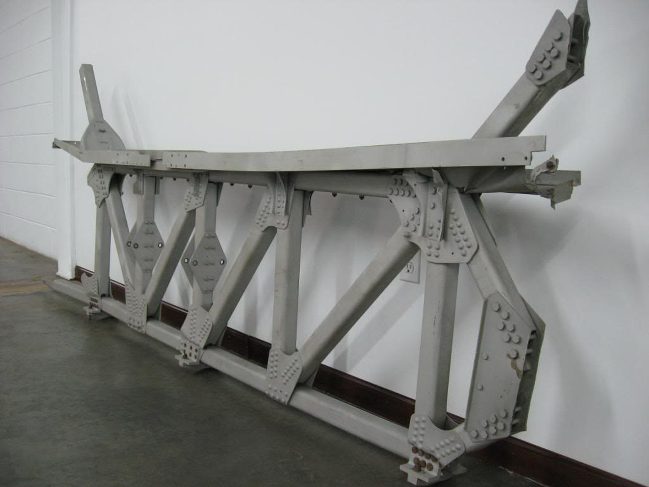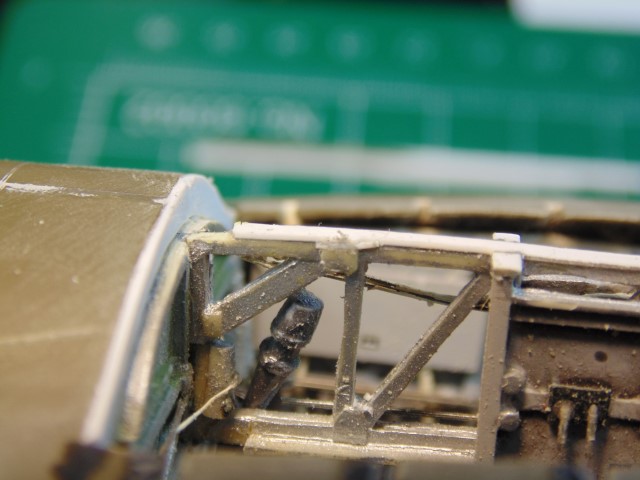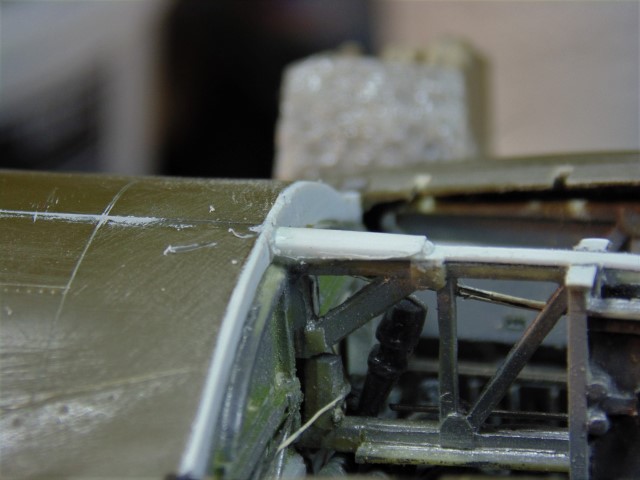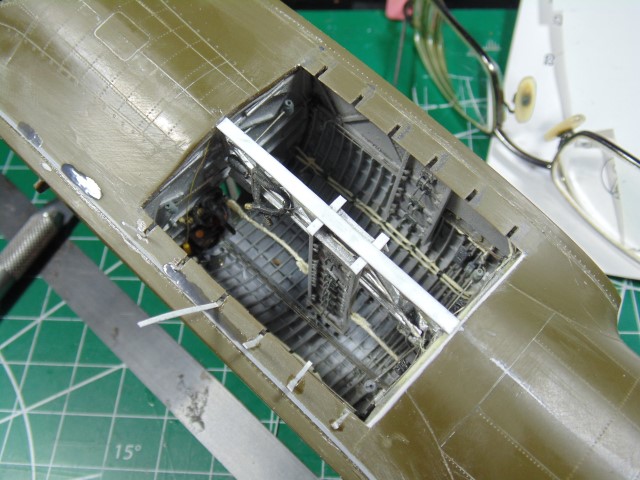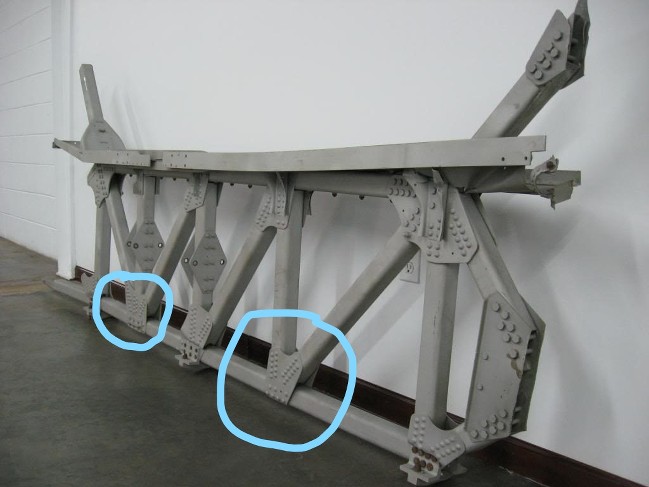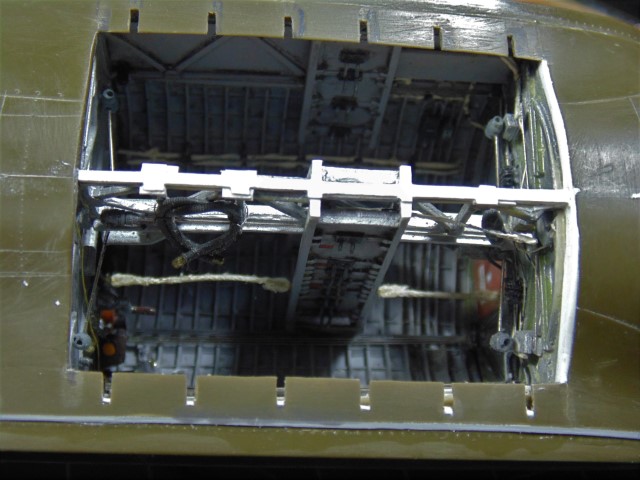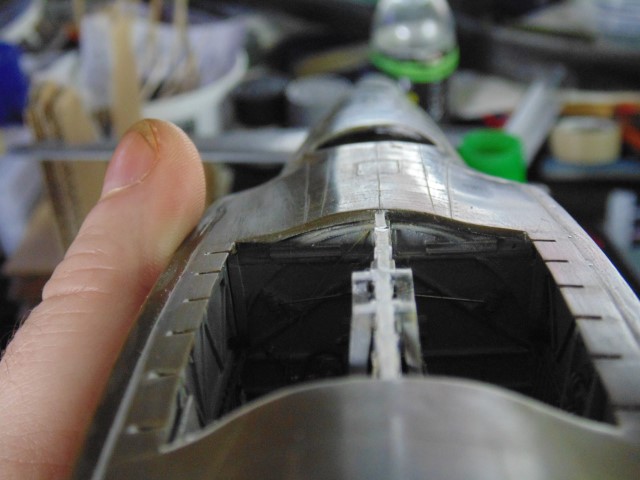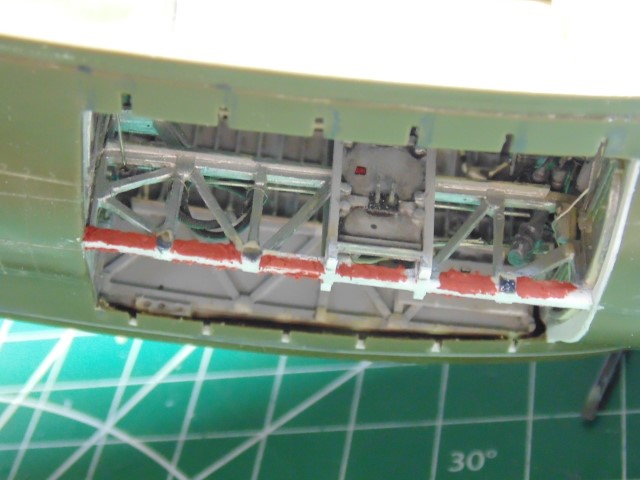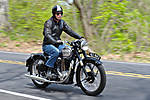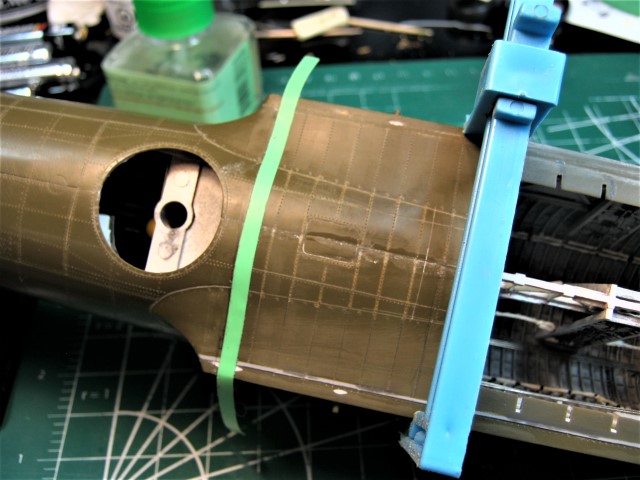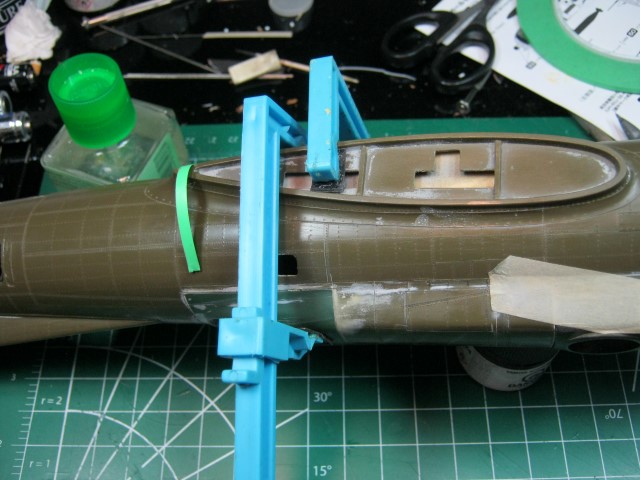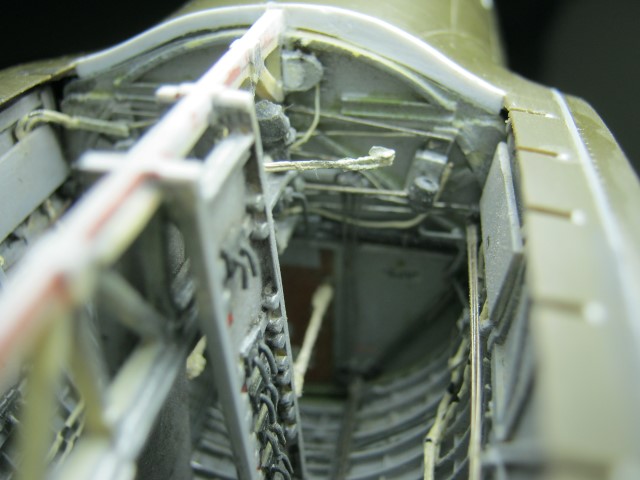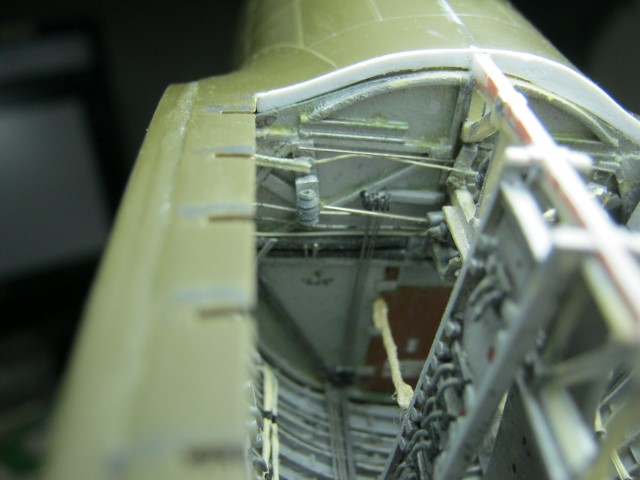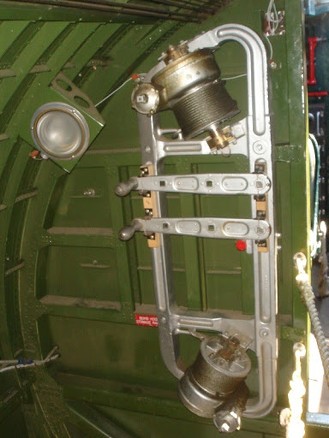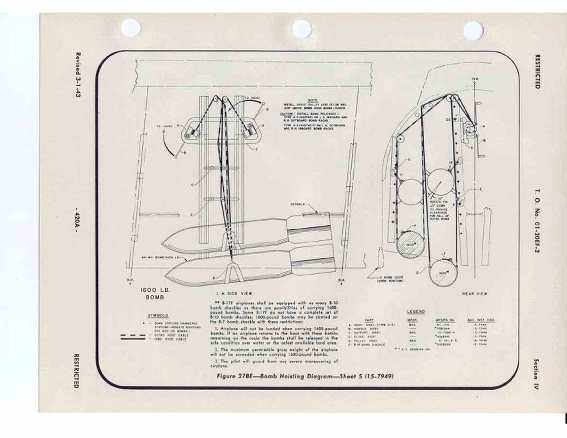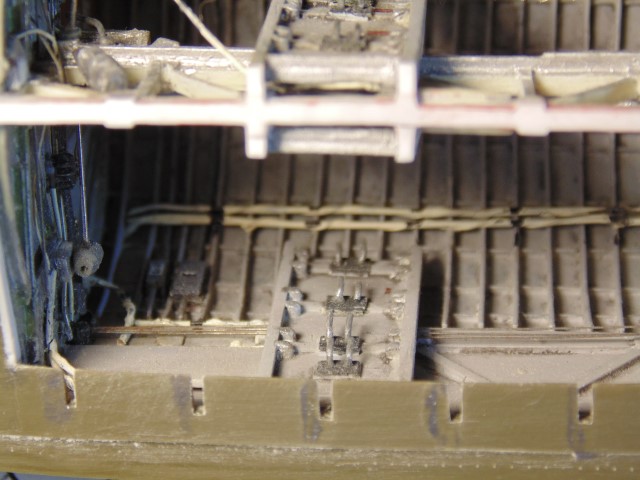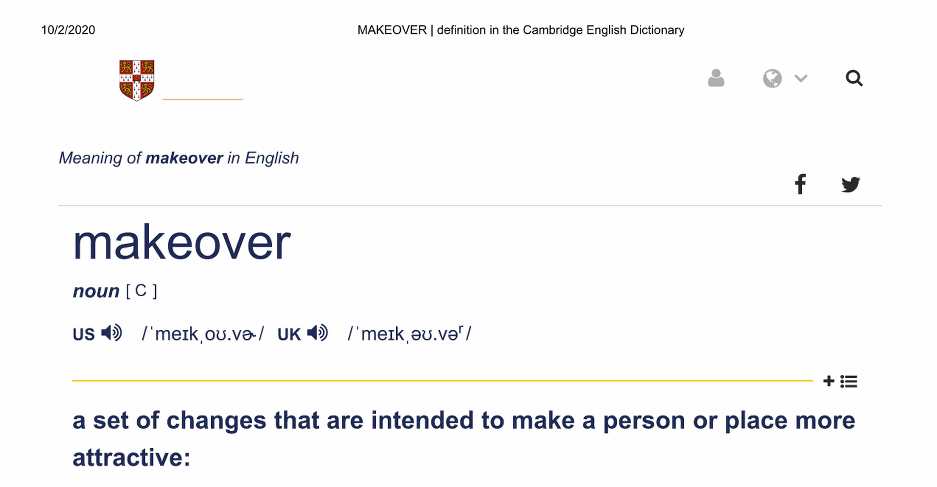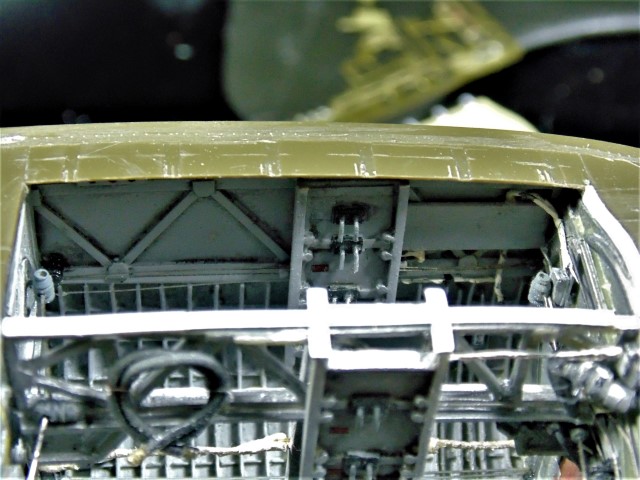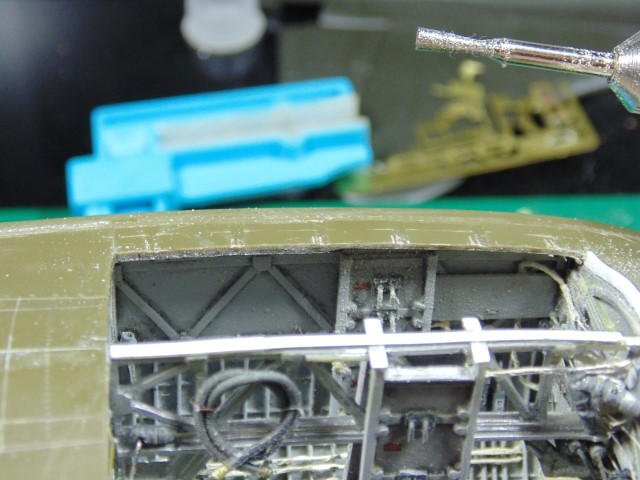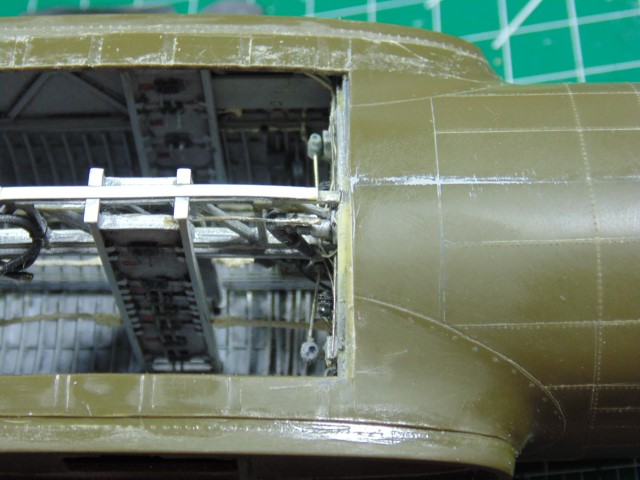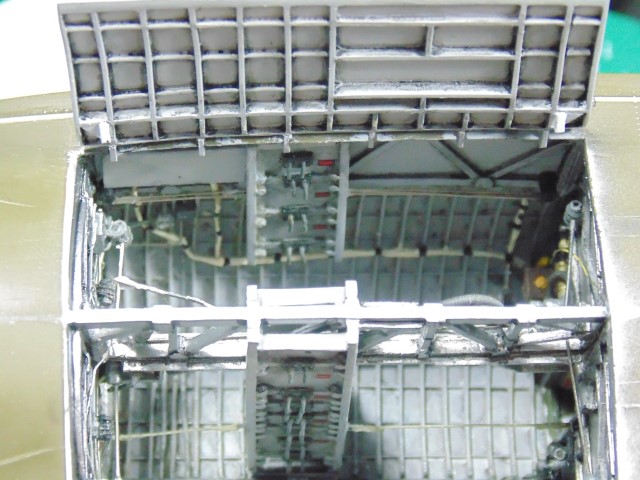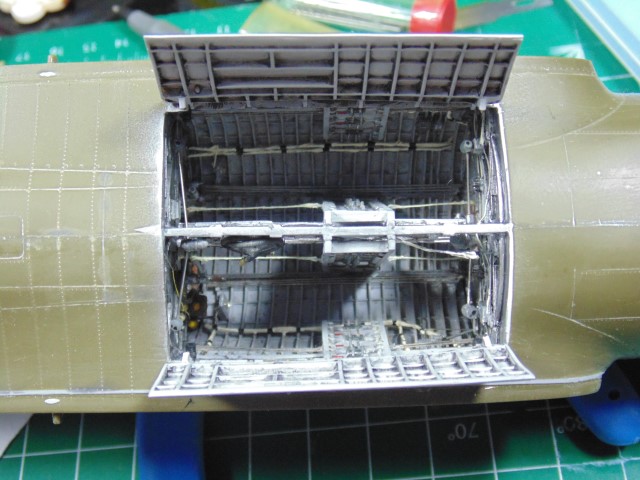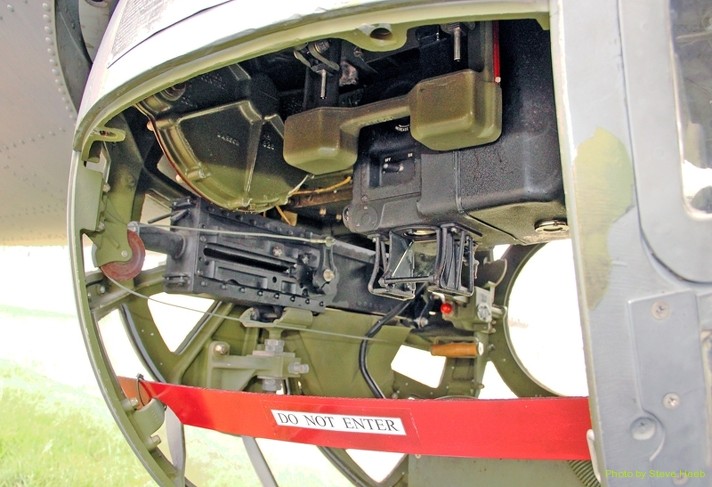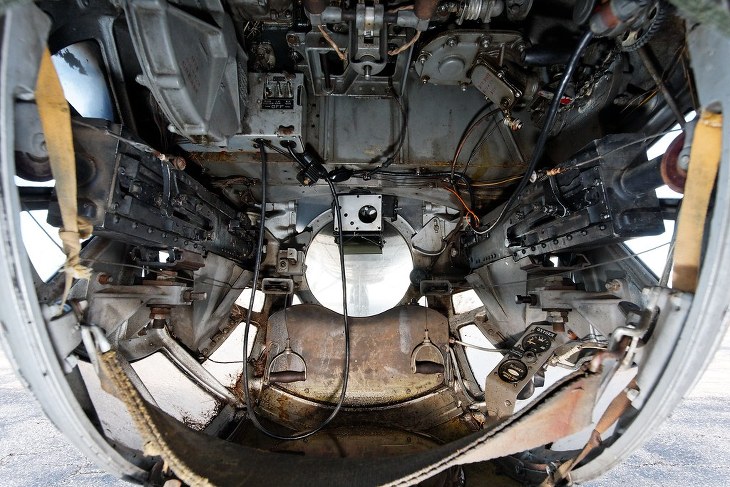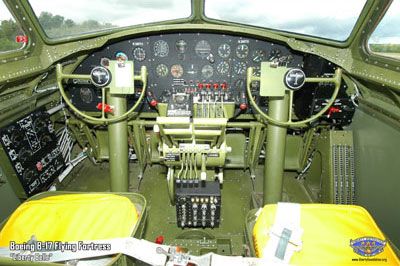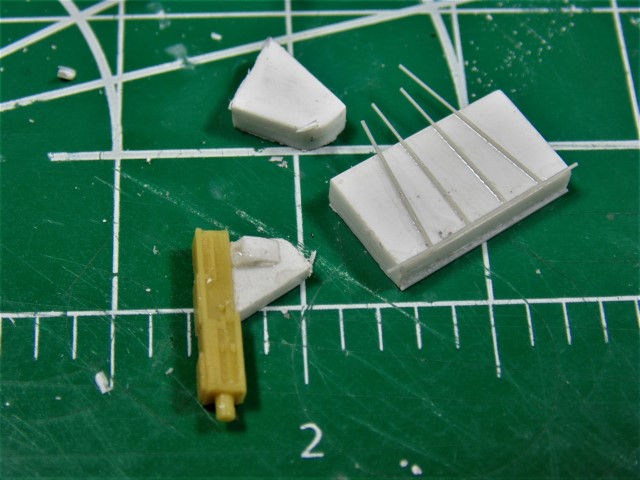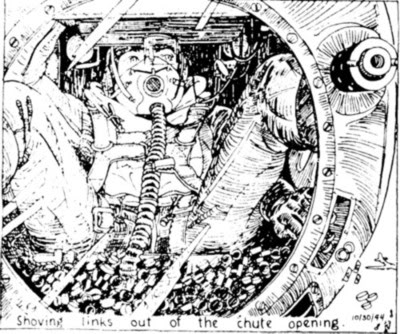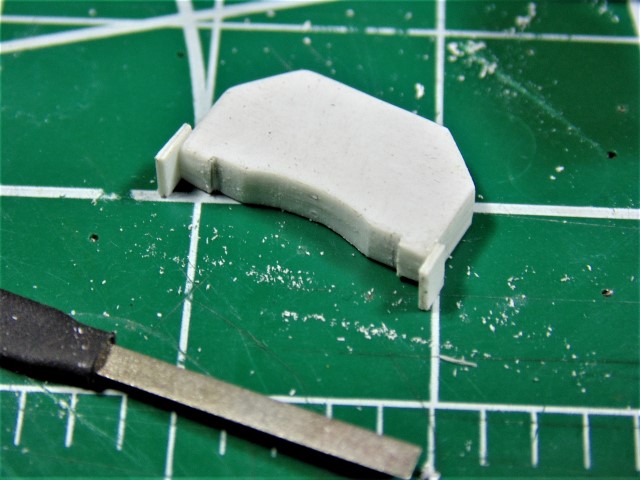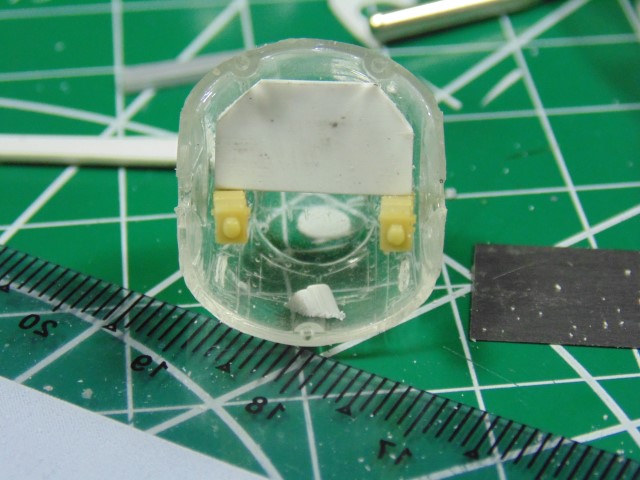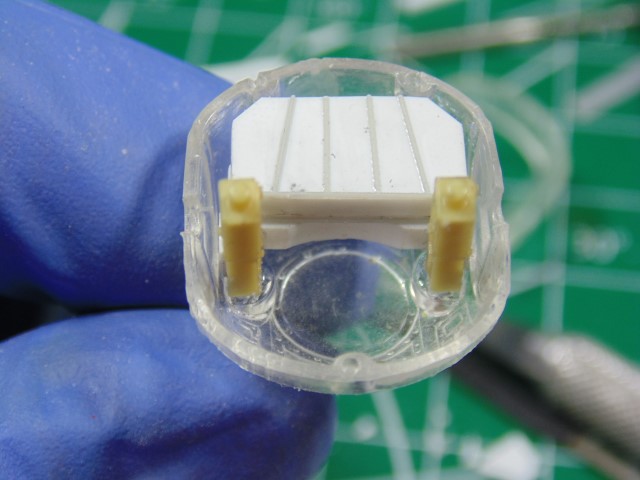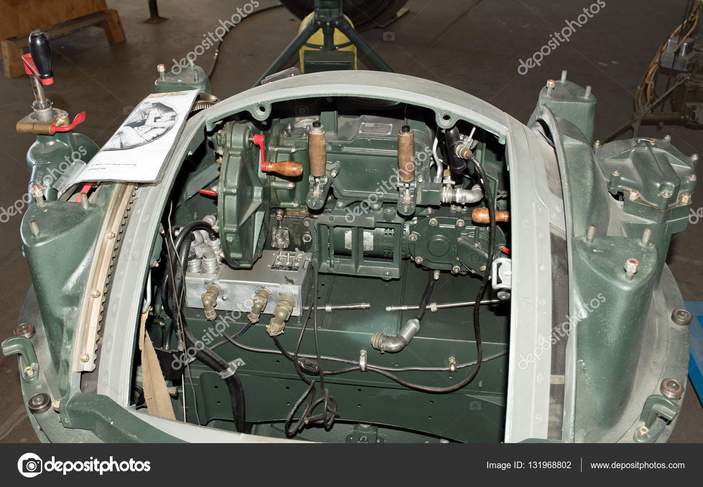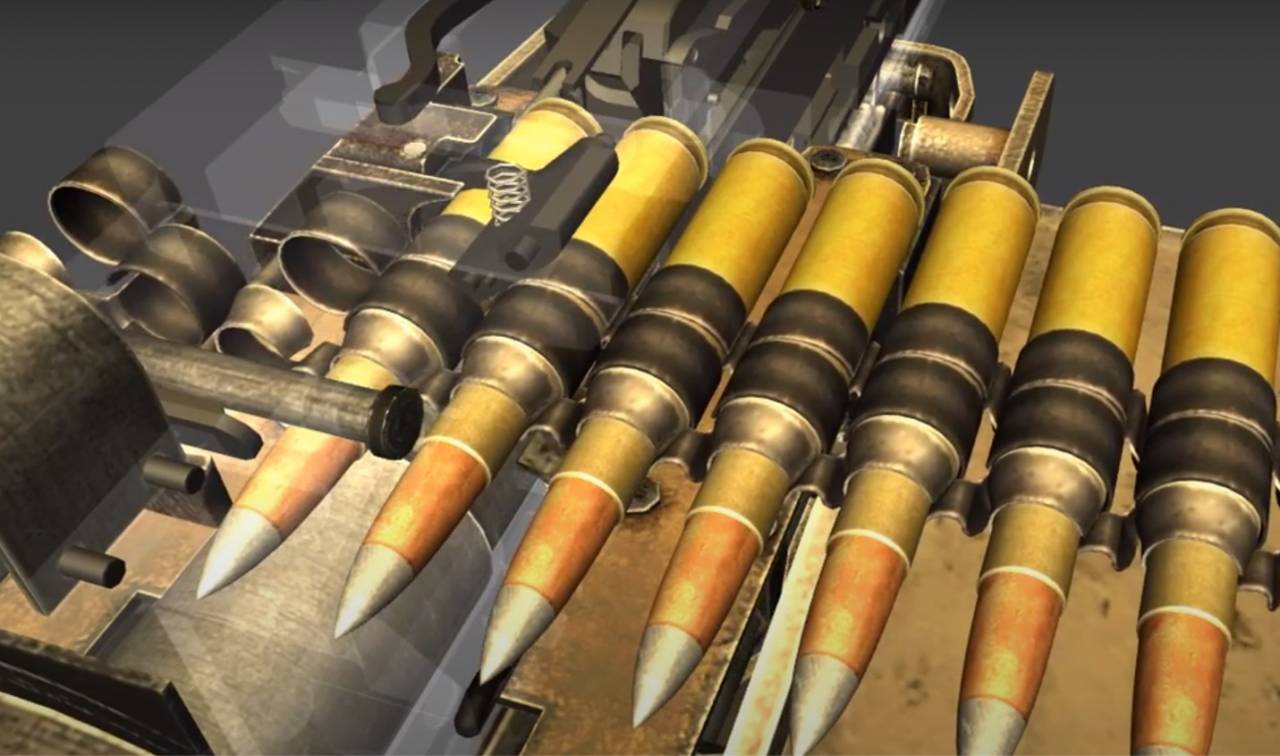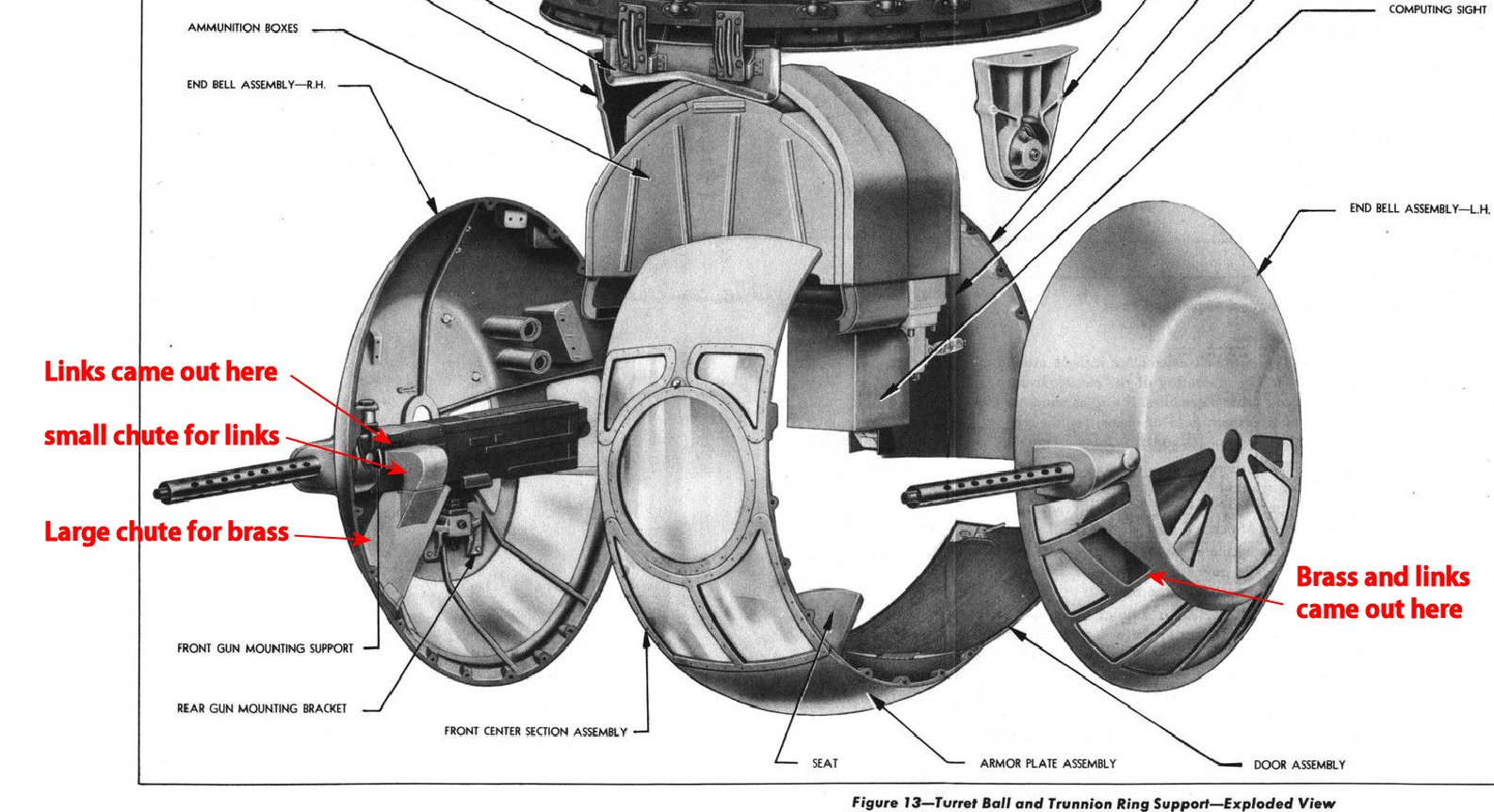BOMB BAY DOORS - A STUDY IN MODEL ENGINEERING
As model builders, most of us look for the best kits. What's better, the recent Tamiya 1/48 re-tool of the Mark I Spitfire or the new crop of offerings from Eduard? We are looking for the best-engineered kit in terms of detail, accuracy, and ease of construction.
Where a kit is good but lacks detail or requires accuracy corrections, if we're lucky, we will find an appropriate aftermarket set.
But sometimes, we have to do the "engineering" on our own.
That's what I felt was before me when I decided to open up the Bomb Bay of Luscious Lady and use this obscure bomb bay resin detail set that I got from the Czech Republic.
I knew from the beginning that the doors would pose a problem. I think the supplier's intent was that one would simply drill holes for the legs along the port and starboard edges and basically be done with it. I wasn't sure how I would approach the problem, but I knew it was going to be a tough one.
What I didn't expect was how HG would approach the job. I can only describe his work here as another example of a near-perfect modeler's model engineering job.
You know from the prior posts that he cut all the legs off the door that had two missing legs. He did that with the other door as well.

but unsatisfied with the appearance of the legs

he thinned them down. Compare the one on the far left with the rest below.
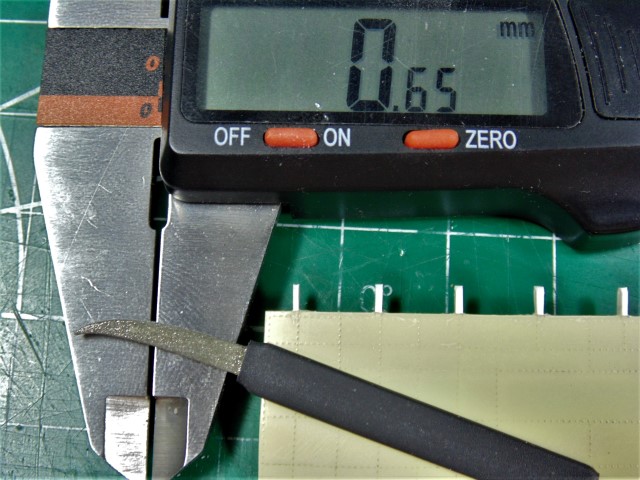
This required some pretty tight tolerances.
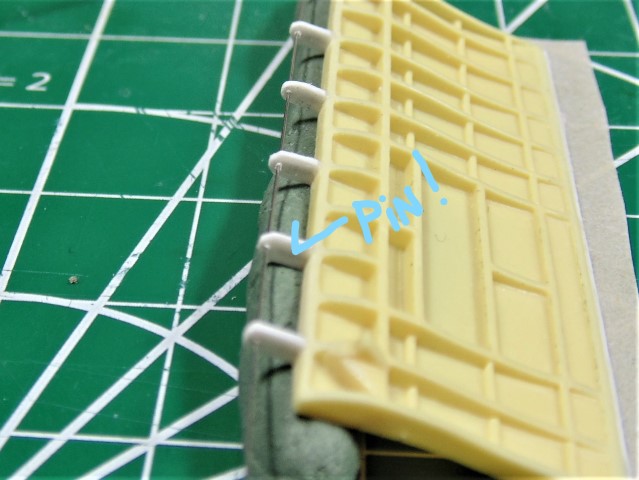
In addition to getting the door legs/hinges correct, he also worked on the doors themselves sanding them where appropriate so that they look more like the real thing. You can get a sense of that here,

But the impression is subtle and I'm not sure I can illustrate it fully.
However, you can see other areas that he corrected that I confess I would've overlooked completely

Maybe it's just me but I describe this as seeing things that I can't.
And of course, in making the doors ready he riveted panel lines.
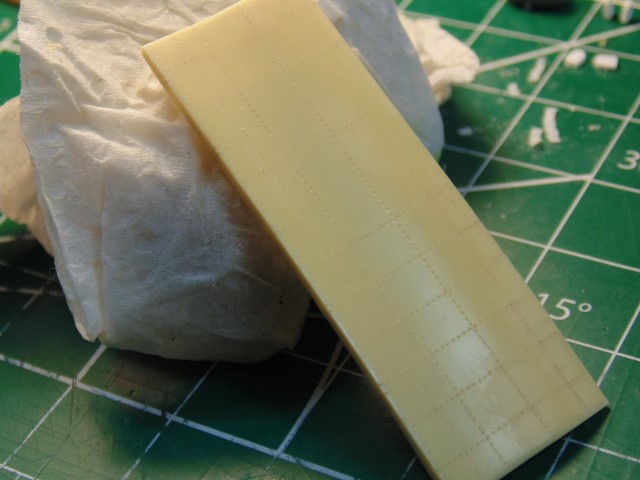
But the biggest surprise for me was what came next. Look, we all know that the doors are going to be positioned opened, so who really cares how they will look closed? "No one will ever be able to tell."
Well, I won't surprise you by saying that sometimes that is not good enough. HG's plan all along was to make sure the doors fit perfectly in the closed position as well as in their ultimate open position.
Here are some test fitting shots.

We can see from the above that there is a big gap between the door edges and the catwalk, as if the catwalk was the closure point for the inner door edges. But that isn't the case. The doors closed over the bottom of the Catwalk.
How to fix this? Well, extend the door edges.


I still don't know how he managed to complete it but I'm not arguing with success.

You see here that he is getting closer, but there are still edges to trim and straighten. Both on the doors themselves and on the fore and aft bulkheads into which they fit.
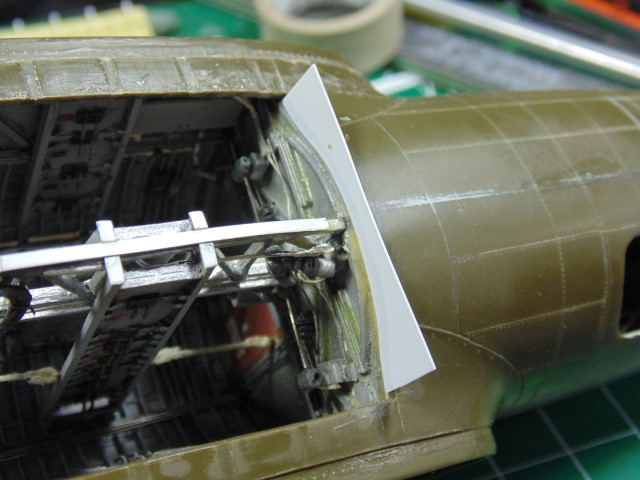

Finally, with the precise drilling of the notches into which the legs will fit

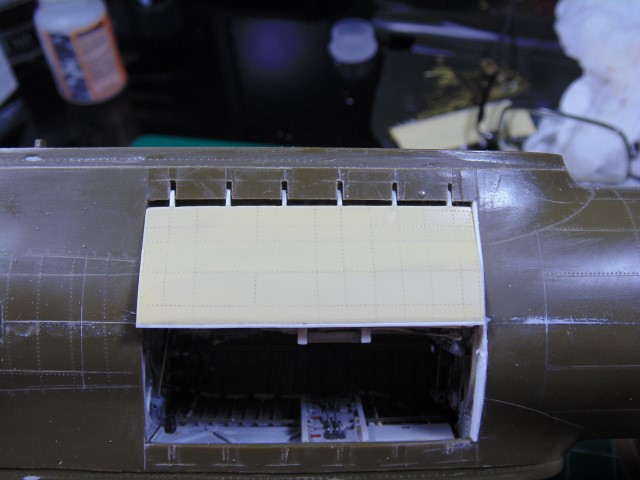
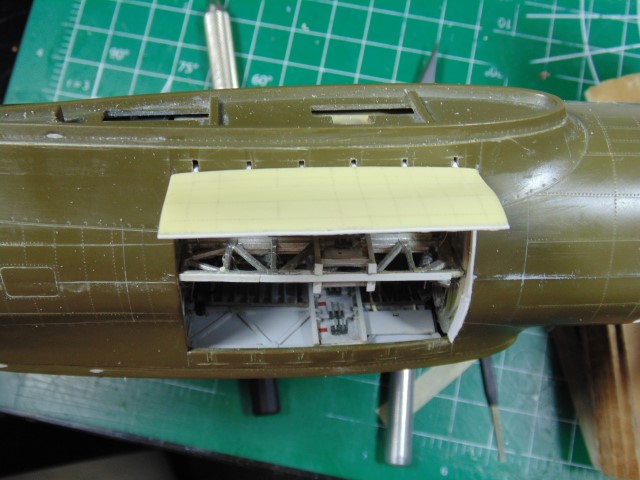
We get a glimpse of what his mind's eye saw from the beginning.
I don't call this plastic modeling. I think of it as art.








